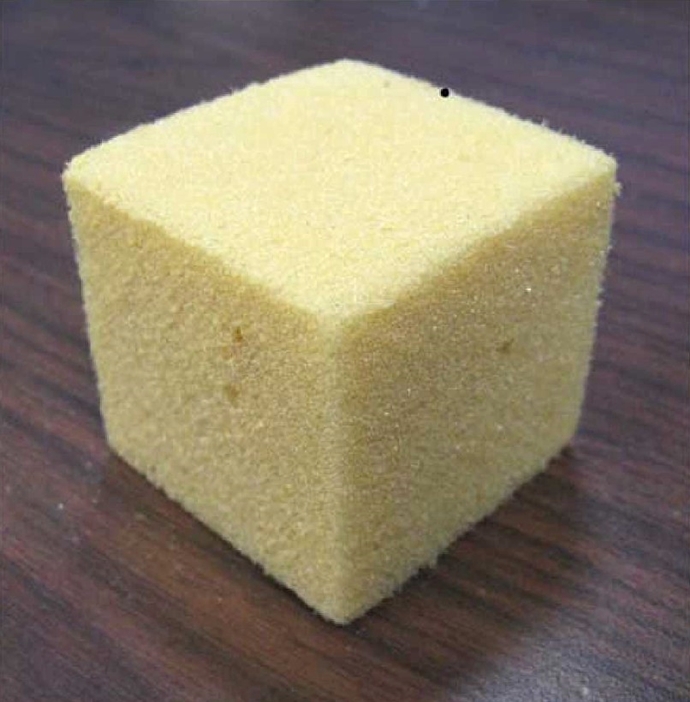
NASA's polyimide foams are inherently fire retardant due to their chemical composition.
Now, we are offering these same innovations for your construction projects. You can build windows and skylights from the same material in spacecraft windshields, 3D print parts from materials that are stronger than metal, and more.
See below for just a few ready for commercialization and search the entire patent portfolio for more.
Two-for-One tech reduces weight while saving money
NASA has accomplished a mechanical architecture breakthrough by combining gear and bearing functions into a single unit. This gear bearing improves gear drives across the board for electrical, internal combustion, and turbine motors – making it a must-have technology. The combo gear reduces weight, number of parts, and cost while increasing load capacity and performance.
Versatile foam protects against a slew of potentially dangerous problems
Don’t let the lightweight nature of this tech fool you – whether it gets hit with fire or freezing temperatures, NASA’s polyimide foam can take it! First created for noisy launch vehicles, this foam can also dampen sound, making it a triple threat against damage. Because it can be formed into a variety of shapes, this technology can protect virtually anything in your construction project.
Breakthrough resin makes 3D printing high-performance parts a reality
When traditional resins couldn’t stand up to the heat that comes with blasting off to space, NASA had to make its own. This carbon fiber-filled resin is perfect for high-temperature applications. And, with 3D printing, the material can be fused directly onto fibers to create composite parts, something that was unheard of before its development. The parts made with this resin can replace any metallic part, providing high-quality yet lightweight materials to a variety of industries at a low cost.
When glass windows don’t cut it, transparent aerogels can come to the rescue
Windshields on a plane aren’t just about allowing the pilots to see where they are going. They are the first line of protection against the elements including wind, temperature, and sound. NASA has created an aerogel that stays strong under extreme pressure while offering high clarity for pilots. This tech’s strength, transparency and exceptional insulating properties make it ideal not only for windshields, but for windows and skylights.
Interested in licensing the technology mentioned above? Follow the links to apply through our website. You can also browse our entire technology portfolio here.
Follow the NASA Technology Transfer Program on twitter @NASAsolutions for the latest updates on technologies available for licensing.



